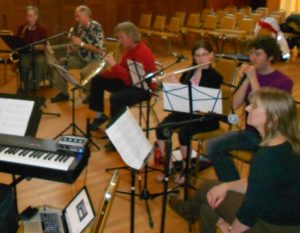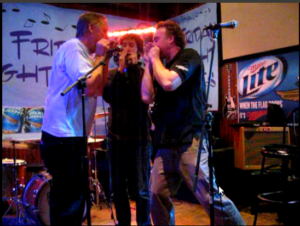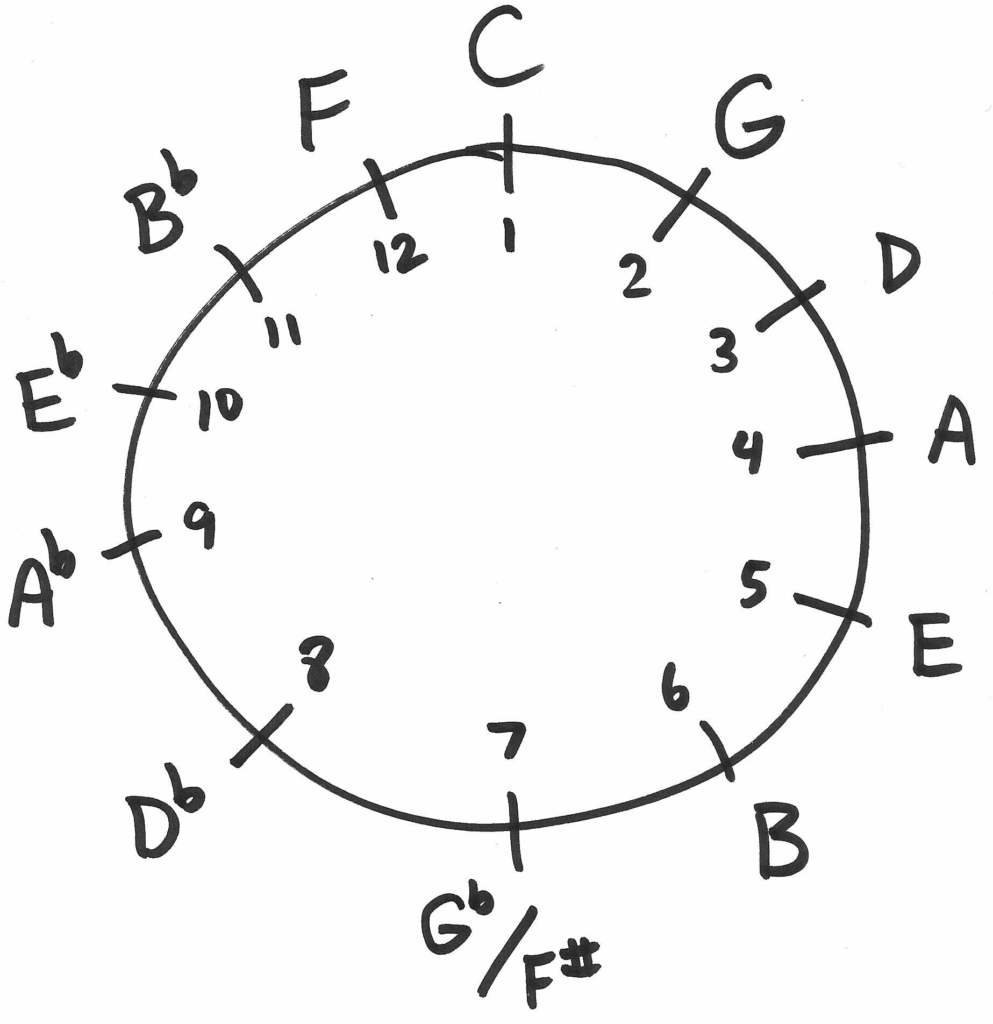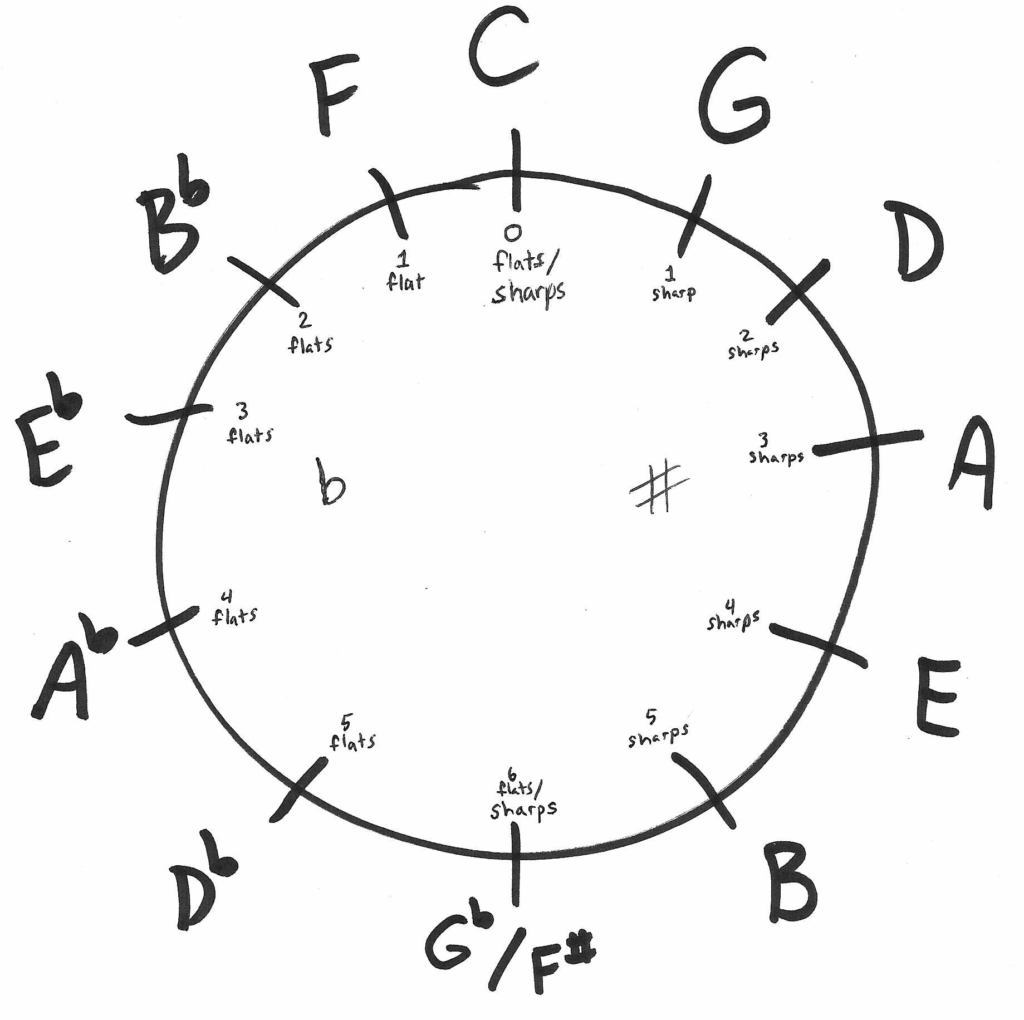Scale tab patterns are at the bottom…
2nd Position in PowerBender Tuning
Have you heard the harmonica players chanting in the streets? “We want expressive draw bends in 2nd Position, all the way up the harp!” PowerBender gives you those bends, plus an ice skating rink full of glissando possibilities.
Do I use 4 draw or 5 blow?
In PowerBender tuning, the 4 draw note is the same as the 5 blow note. I use 4 draw on the Blues Scale, since a bend is required for the “blue note.” The Minor Pentatonic doesn’t include that note, so I suggest using the 5 blow there. Those are the best first options, I think, but it’s worth working out two versions of each scale so you’ll have the most flexibility when moving around.
Glissandos
Because of the doubling of the 4 draw and 5 blow notes, you’ll notice some really interesting spots in certain scales, where you get to play multiple notes in a row in the same breath direction. Just slide back and forth on the scale. Woohoo! Check out the blow notes in the middle of the Minor Pentatonic, and the draw notes in the middle of the Major Pentatonic. Major speed zones, potentially. Think John Popper or Jason Ricci.
Bonus Notes
Each of the scales noted here covers 2 full octaves, with additional stray notes left at the top and bottom ends. I call these extras “bonus notes.”
Gratuitous Bending
Remember, in PowerBender tuning, all the draw notes can be bent. So anytime a draw note is indicated in one of these scales, try bending up to it and see if doing so adds expressiveness or if it’s just weird-sounding.
Blues Scale
-2 -3′ 4 -4′ -4 6 -6
-6 -7′ 8 -8′ -8 -9″ -9
bonus notes: -9 -10″ -10
and -2 -2″ -1 1
Minor Pentatonic Scale
-2 -3′ 4 5 6 -6
-6 -7′ 8 -8 -9″ -9
bonus notes: -9 -10″ -10
and -2 -2″ -1 1
Major Pentatonic Scale
-2 -3″ -3 -4 -5 -6
-6 7 -7 -8 9 -9
bonus notes: -9 10 -10′
and -2 2 -1
Major Scale
-2 -3″ -3 4 -4 -5 -6′ -6
-6 7 -7 8 -8 9 -9′ -9
bonus notes: -9 10 -10′
and -2 -2′ 2 -1 1
Holy Cow, This is Amazing
Let’s take a moment now to note how cool it is that PowerBender tuning allows you to play a full major scale in 2nd position, across TWO OCTAVES, with all the bluesy bend possibilities on important chord tones? Thank you, Brendan Power.
(What’s that, you say? You could do that in standard tuning on a Suzuki SUB30? Well then, thanks again to Mr. Power.)

 I had the opportunity to play harmonica in a jazz workshop the other weekend in Peterborough, NH at the
I had the opportunity to play harmonica in a jazz workshop the other weekend in Peterborough, NH at the 

